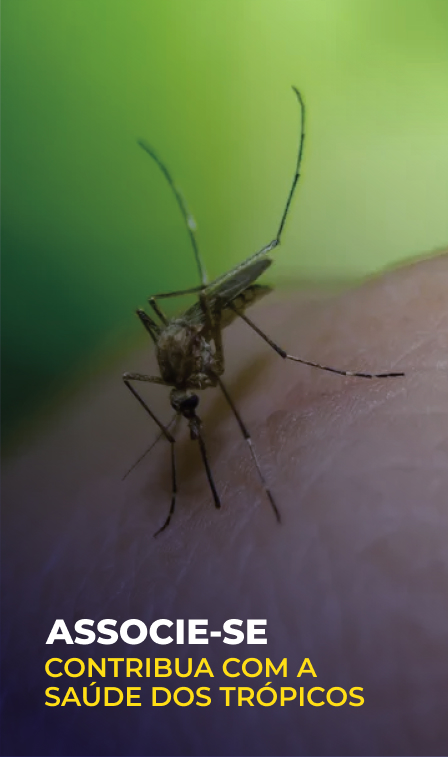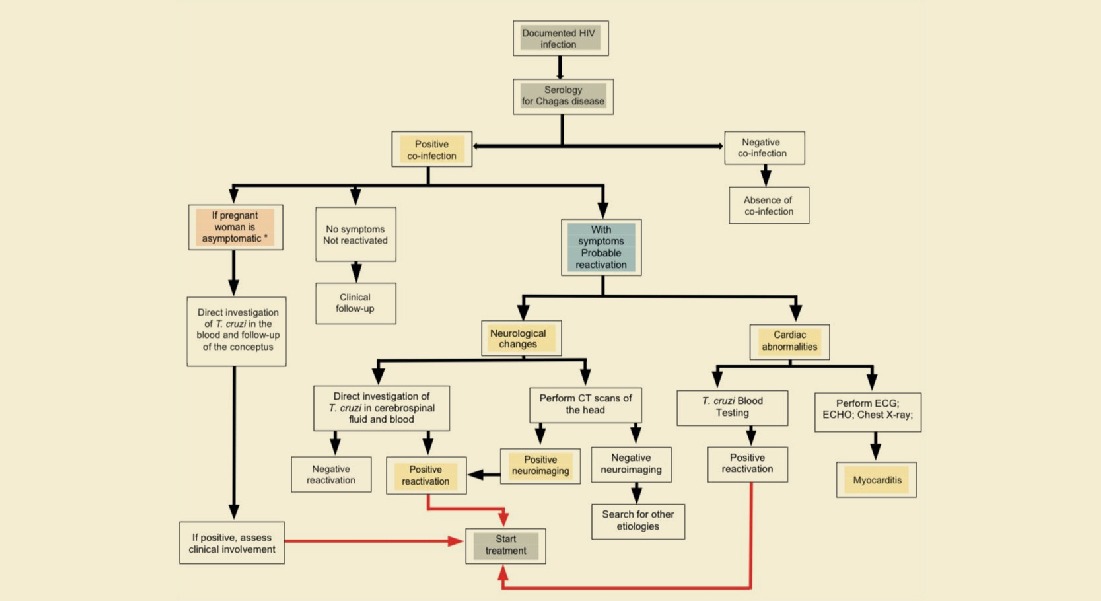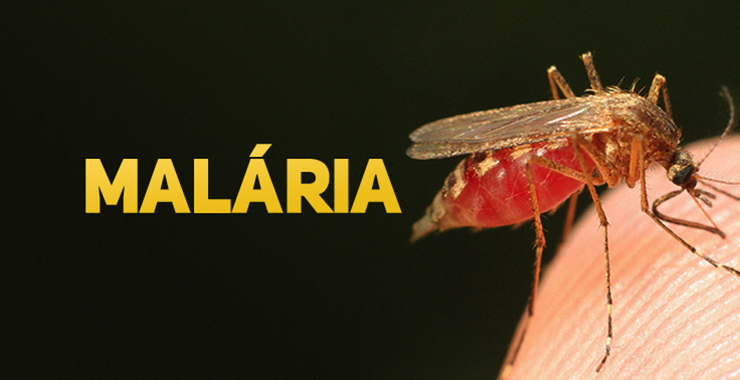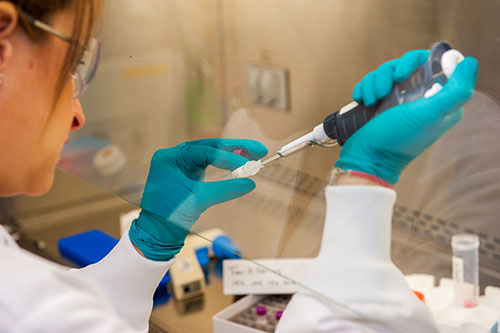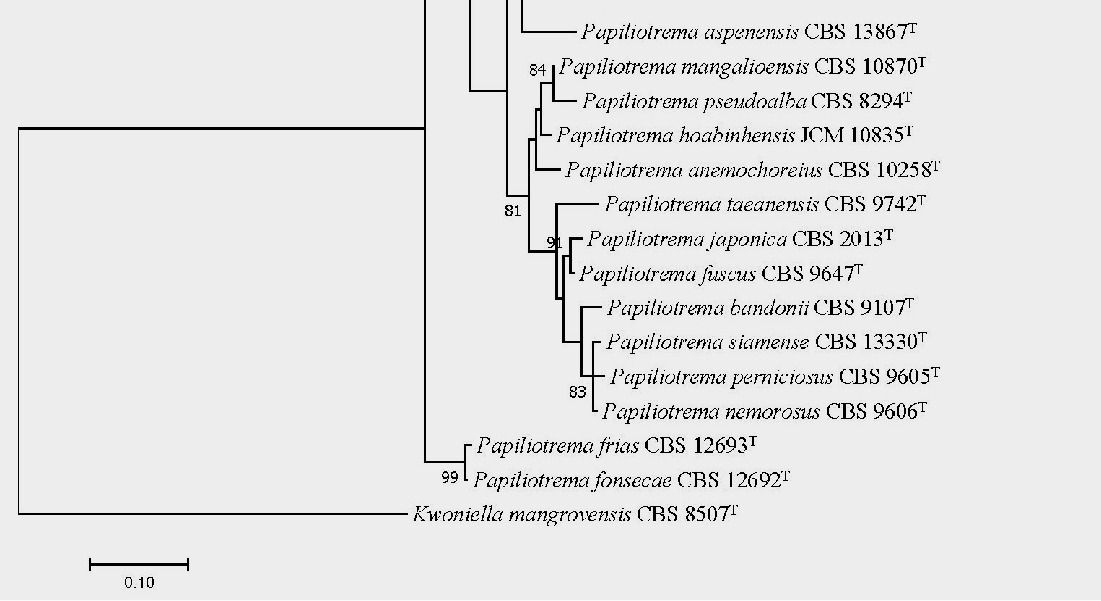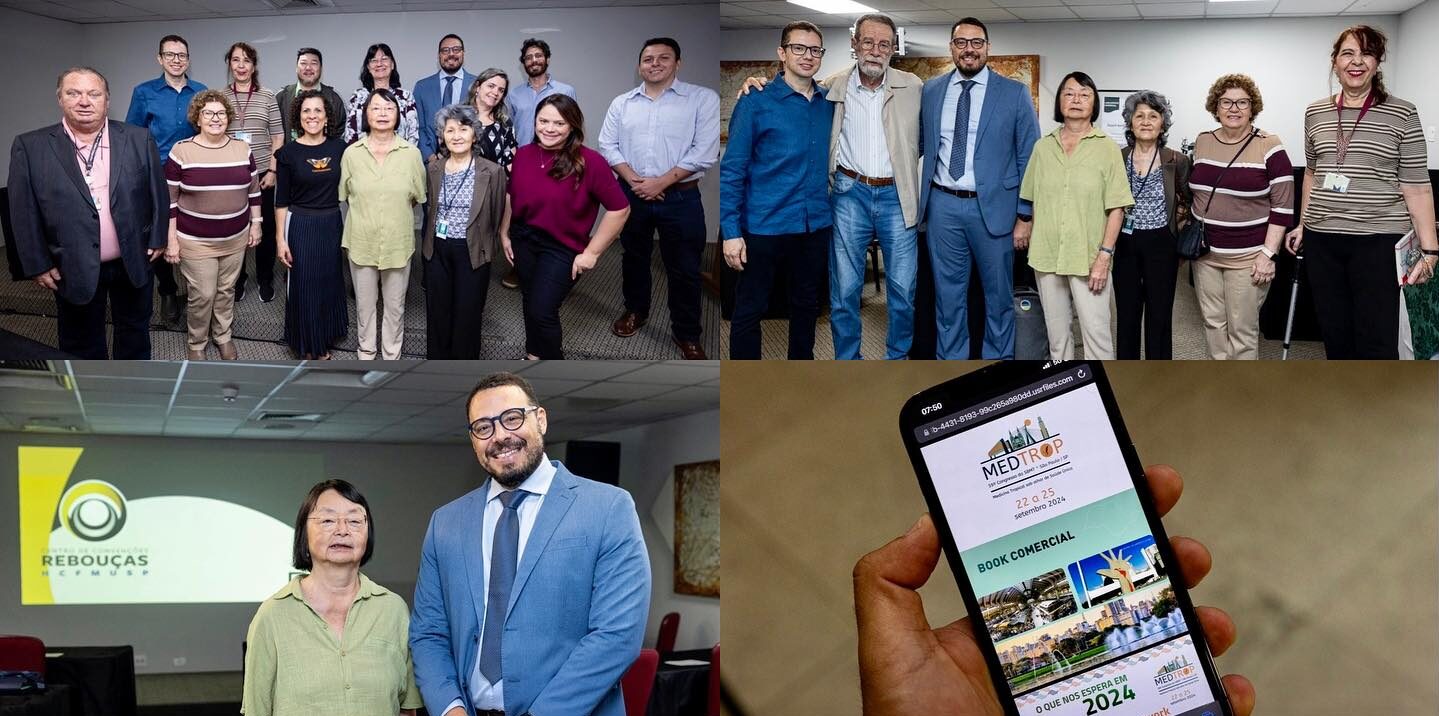
Anvisa approves first kit for molecular diagnosis of Chagas disease
NAT Chagas Kit brings together all the compounds necessary for the identification of Trypanosoma cruzi DNA
09/07/2022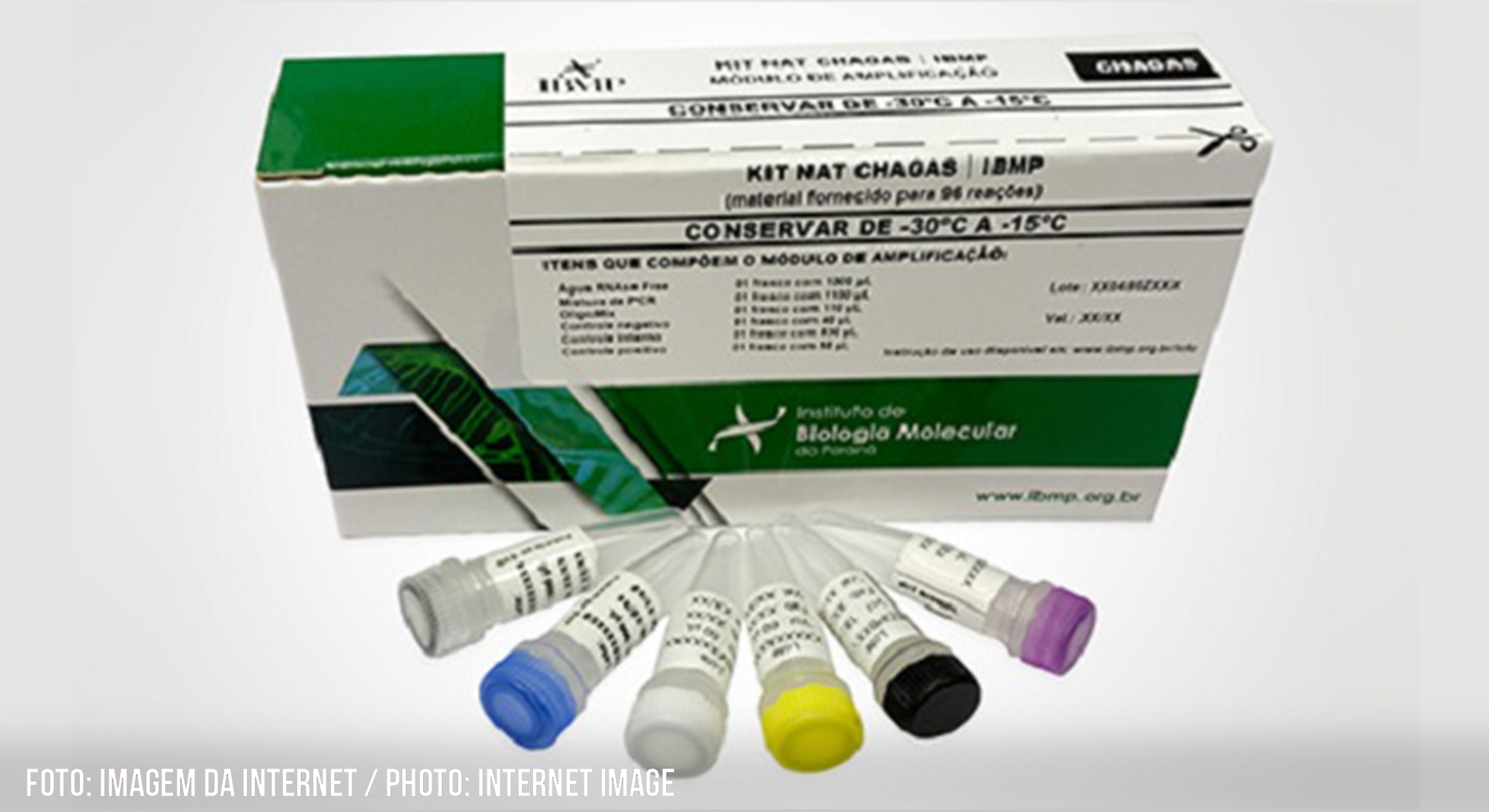
The approval represents a milestone for the care of patients affected by Chagas disease in Brazil and other endemic countries
The National Health Surveillance Agency (Anvisa) granted, on June 20, the registration for the first Brazilian molecular diagnostic kit for Chagas disease, a disease that affects 6 to 7 million people worldwide. Registration is one of the requirements for the examination to be incorporated into the Unified Health System (SUS). The adoption of the methodology still depends on the evaluation of cost and benefit by the National Commission for the Incorporation of Technologies (CONITEC) in the SUS and final decision of the Ministry of Health.
The NAT Chagas Kit (Nucleic Acid Test for Chagas Disease), as it was called, is a kind of molecular test that gathers all the compounds necessary for the identification of Trypanosoma cruzi DNA. In the tests performed, the product presented high sensitivity, being able to detect the presence of genetic material equivalent to only one tenth of the parasite DNA in the sample. The performance was the same as the molecular analysis performed in reference centers. The kit will also be used in therapeutic monitoring in order to detect failures. According to Dr. Otacílio Moreira, coordinator of the Fiocruz real-time PCR platform (RPT09A) and researcher at the Molecular Virology Laboratory of the Oswaldo Cruz Institute (IOC/Fiocruz), who was in charge of developing the kit alongside Dr. Constança Britto, Brazil has a product in the highest quality standards, produced with good manufacturing practices and validated for diagnosis, which can be offered to SUS.
Another innovation lies in its national origin, which eliminates the need to import inputs and reduces the costs of the testing process. In the absence of a commercial kit, the molecular diagnosis of Chagas disease was only possible in research laboratories, with in-house tests, which use imported reagents and depend on the production of some components within the laboratories themselves. In addition to facilitating the examination, the NAT Chagas Kit brings reliability of results. According to the head of the Laboratory of Molecular Biology and Endemic Diseases of the Oswaldo Cruz Institute, Dr. Britto, one of the researchers who led the project, about 80% of people affected by the disease do not have access to diagnosis or treatment. In the chronic phase of the disease, the diagnosis is essentially serological by detecting antibodies against the parasite, and conventional PCR can be used to detect the genetic material of the pathogen from a blood sample, when serological tests generate inconclusive results.
PCR has specific applications in Chagas disease, such as monitoring vertical transmission, reactivation and follow-up of patients under etiological treatment (therapeutic failure). We must not forget that the gold standard for the diagnosis of Chagas disease is serology. It would also be interesting to use NAT Chagas for the detection of the DNA of T. cruzi in cases of oral outbreak of Chagas disease, which correspond to 70% of new cases of the disease in the country. In these cases, the kit can be used for the detection of parasite DNA in acute patients, with greater sensitivity than classic parasitological tests, and even in food samples, such as açaí and bacaba juices, which are the foods most related to oral outbreaks in the northern region of Brazil, explains Dr. Britto.
Like other Neglected Tropical Diseases (NTDs), Chagas disease has no investment in vaccines because it affects a more vulnerable population. In addition, there are many barriers accessing diagnosis and treatment, which translates into devastating numbers: only 10% of patients can access the diagnosis and, of these, less than 1% actually have access to treatment. But this reality is about to change, since the molecular diagnostic kit allows any qualified person to perform the test and obtain the same quality of result obtained by experts in reference laboratories, which represents the decentralization of the diagnosis and agility in the results, in addition to standardization of the tests used by different centers. If distributed in regions where the disease has a higher incidence, people will have the opportunity to receive treatment earlier.
The NAT Chagas Kit, which is already considered a milestone for the care of patients affected by the disease in Brazil and other endemic countries, also has the potential to contribute to the monitoring of patients who need to undergo heart transplantation due to chronic Chagas disease. The disease is the third most frequent cause of this type of transplant in the country. After the procedure, patients need to use immunosuppressive medications, which increase the risk of reactivation of T. cruzi infection, and it is necessary to monitor the parasite load in the blood. In this case, CRP can detect early reactivation of the disease, compared to classical parasitological tests.
Contribution to Early Treatment in Babies
The transmission of Chagas disease from mother to child (congenital) is today one of the main routes of infection in countries that controlled the transmission of vectors, through surveillance, improving housing standards and applying the screening of candidates for blood donation in blood banks, such as Argentina, Brazil, Chile, Honduras, Paraguay, Nicaragua and Uruguay. According to the II Brazilian Consensus on Chagas Disease, in Latin America more than 15,000 cases of congenital Chagas disease were estimated per year, with more recent analyzes indicating an estimated 8,668 children infected by vertical transmission.
The Pan American Health Organization (PAHO) recommends universal Chagas screening for pregnant women, parasite testing for newborns or serological study after seven months of age, that if positive, results in a formal indication of etiological treatment, with cure in all cases. It also advises treating mothers after childbirth and diagnosing and treating the other children of women who have had positive results. But unfortunately, not all mothers consult or take their children to rule out the possibility of vertical transmission. In this sense, the NAT Chagas Kit will be one of the innovative methodologies for diagnosis in newborns. With the current methodologies, this diagnosis is usually only possible at the end of the first year of life of babies – as families affected by the disease usually live in places with difficult access to health services, it is common for many not to return to have the diagnosis.
The development of the NAT Chagas Kit began in 2012, within the Network of inputs for diagnosis of the Program of Technological Development of Inputs for Health (PDTIS) and the Program of Translational Research in Chagas disease of Fiocruz (Fio-Chagas), which integrates the actions of the institution for the disease. It is the result of pioneering scientific research and technological development by Fiocruz, which began in the 1980s with investigations into the genetic variability of T. cruzi. In 1995, the researcher Constança Britto published a thesis that described, in an unprecedented way, the application of the PCR technique as a diagnostic method for chronic Chagas disease. We started with a basic research, to know the genetics of parasites and today we have a product of immediate application. This is very rewarding, says Dr. Britto.
About Chagas disease
The disease is endemic in 21 countries in the Americas, especially Brazil, Argentina, Bolivia, Colombia and Mexico. In Brazil, it is the fourth leading cause of death among infectious-parasitic diseases. In the Americas, it is estimated that 6 to 8 million people are infected with Trypanosoma cruzi, however, most (7 out of 10) are unaware of their condition due to the absence of clinical symptoms. More than 10,000 people die each year as a result of clinical complications of the disease and about 75 million people in the region are at risk of contracting it.
The disease continues to cause great suffering and kill thousands of people in Latin America, especially in the poorest countries and among the most vulnerable populations. Currently, there are only two treatments available: benznidazole or nifurtimox, both developed for decades with a long treatment period, 60 days (8 weeks), and frequent side effects, especially in adults. Early detection is essential to improve treatment effectiveness and cure. Unfortunately, the diagnosis often occurs in the final stages of the disease.
July: month of Carlos Chagas
July 9 marked the birth of one of the largest and most complete scientists that Brazil has produced: Carlos Chagas. This great Brazilian should have his work recognized with a Nobel Prize. He was the only physician in the world who completely described an infectious disease, from the pathogen, to the vector, through the hosts, their clinical manifestations and epidemiology. Our tribute and thanks to Carlos Chagas, a great Brazilian revered around the world.





